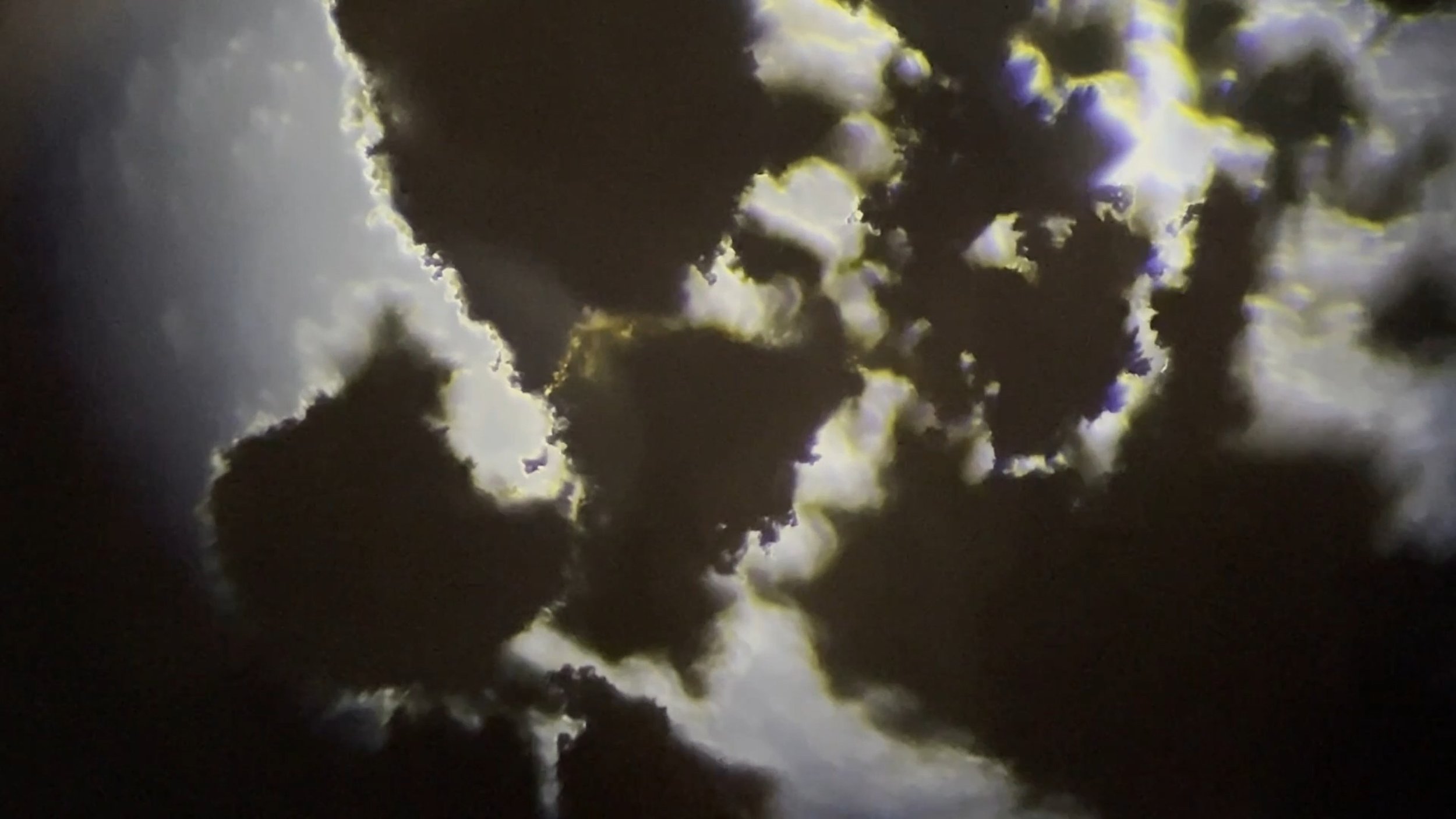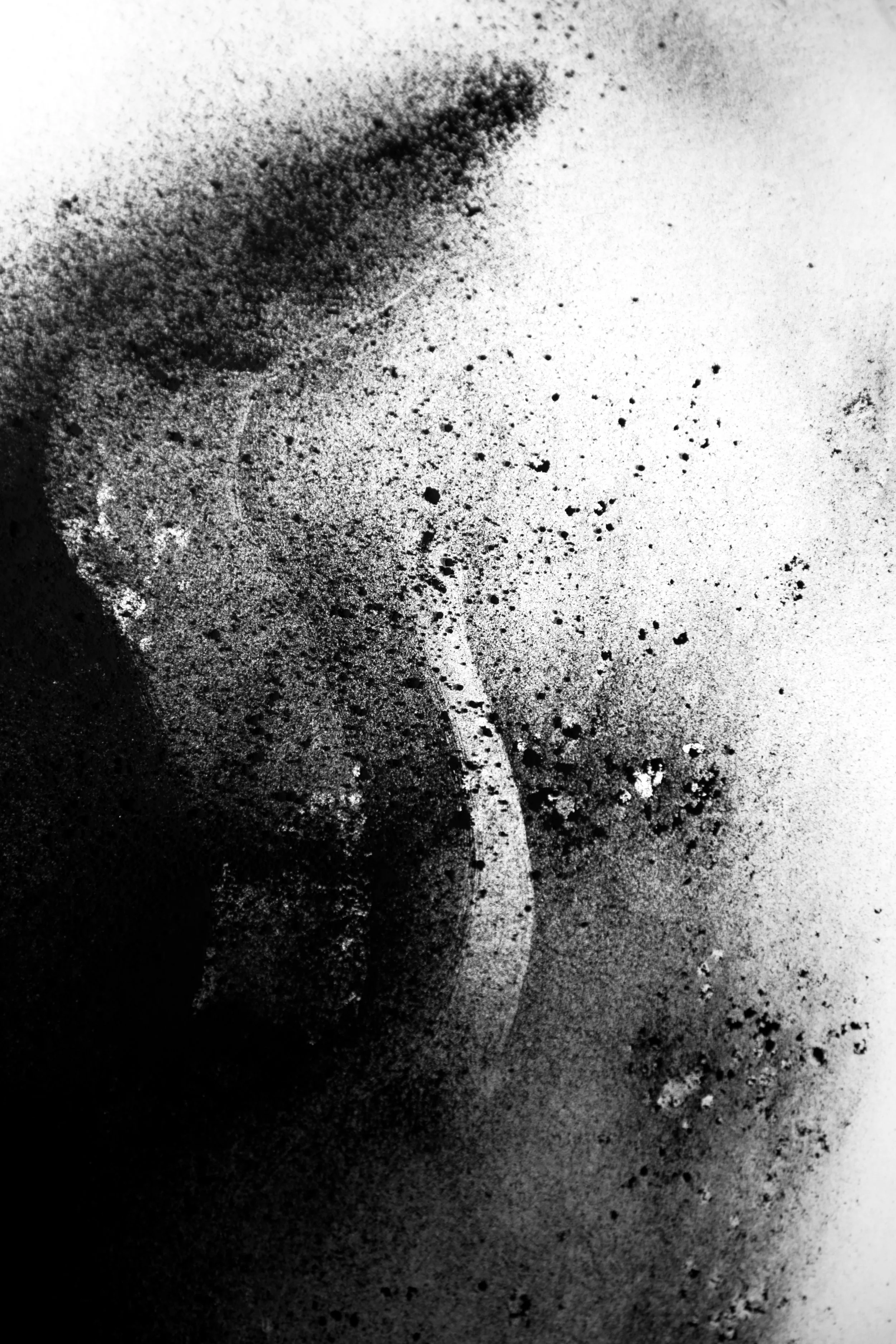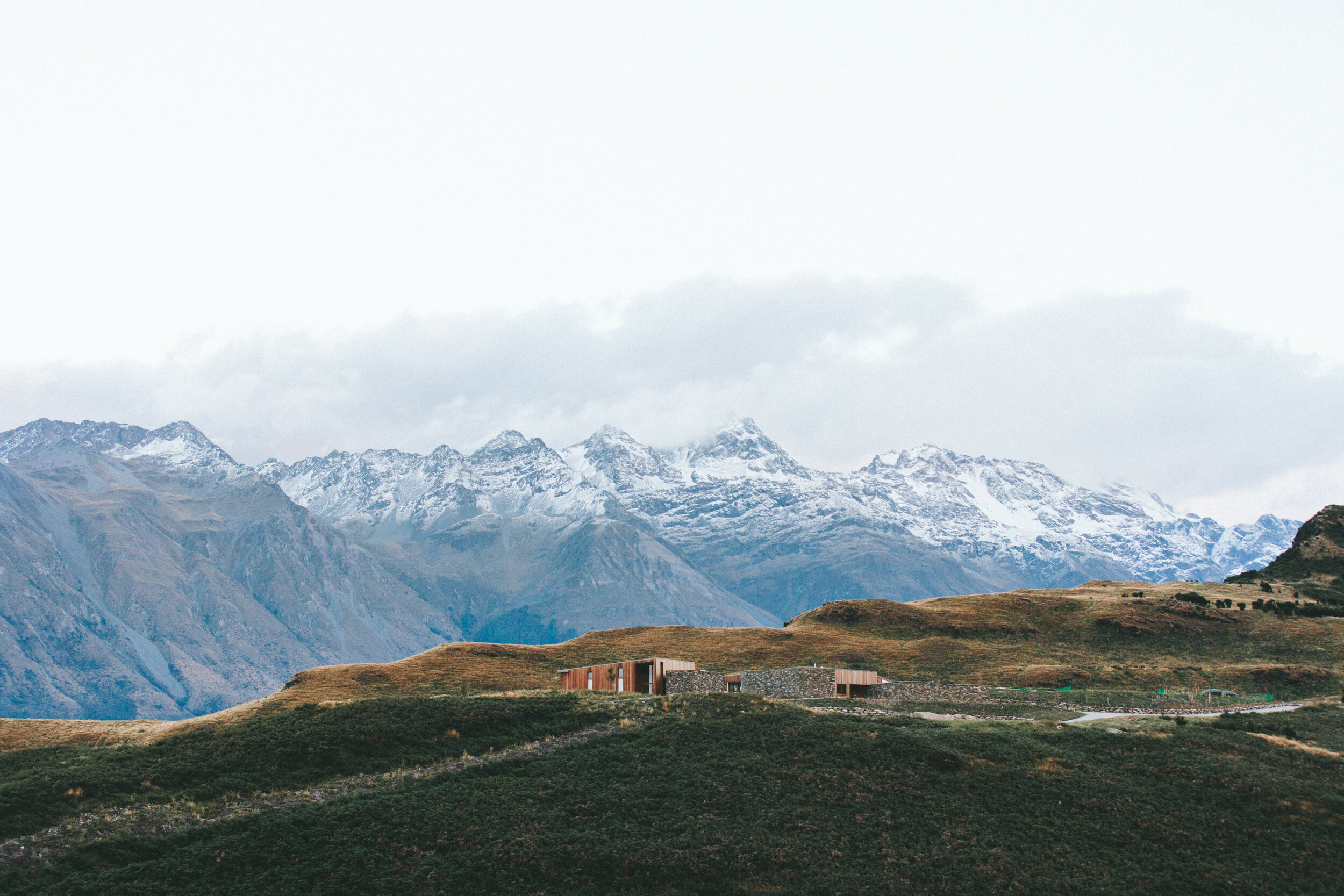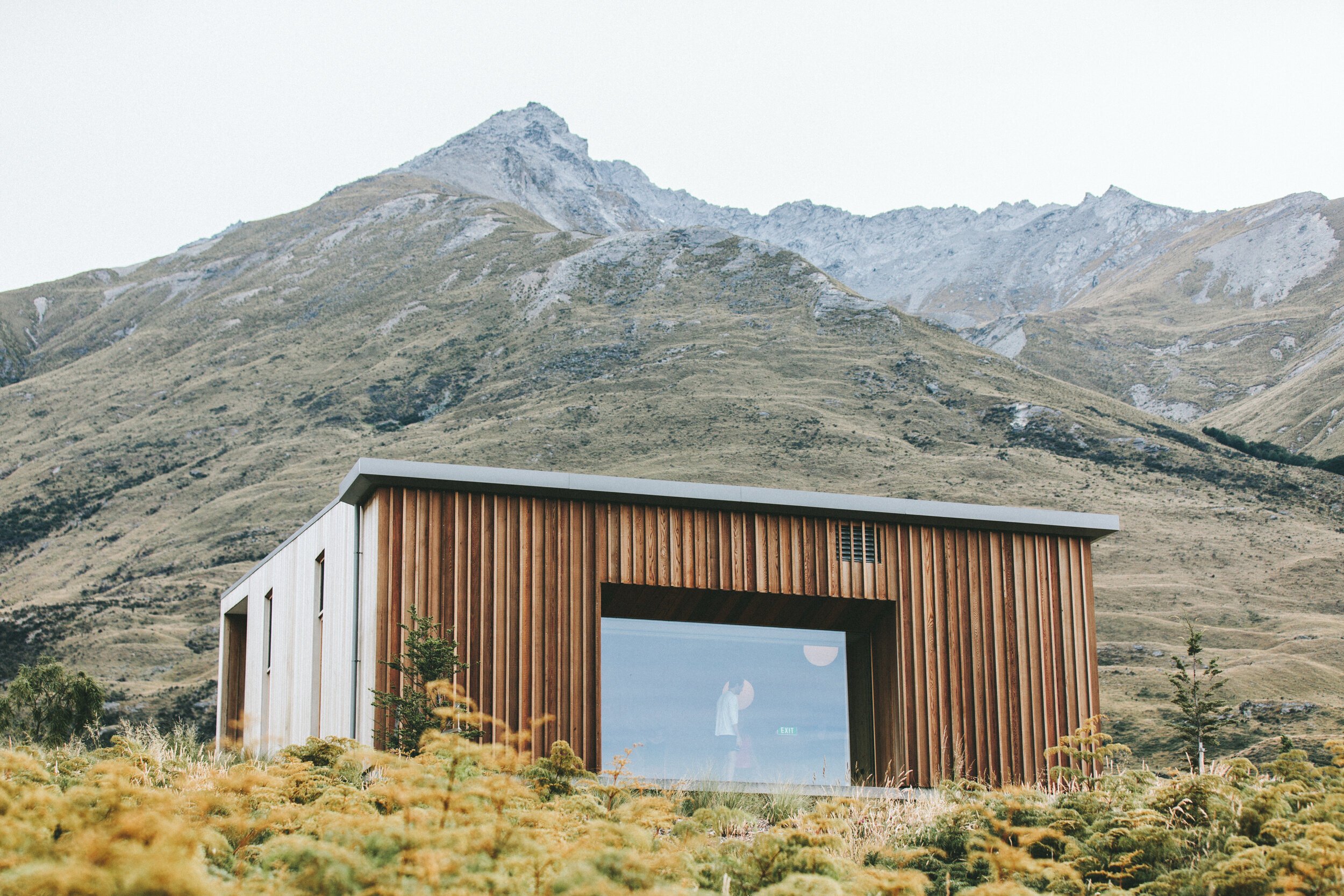
2025
Carbon Migration
Carbon Migration
2025
Graduation Work at KABK
At a time when scientists are providing increasing evidence that the ocean acts as a carbon sink and that human activity is threatening its natural storage capacity, it is still little known to the public that industrial groups are currently developing infrastructures to store CO2 under the ocean.
“Carbon Migration” is a visual investigation of the current development of Carbon Capture and Storage (CCS) technology, which involves capturing industrial emissions of CO2, then transforming this gas into a liquid and transporting it by ship and pipeline to storage plants, where the liquid CO2 is injected deep underground.
Pierre-Eric Baumann examines the ambivalence and uncertainties of this new industry through the prism of an experimental documentary approach, combining photo-lithographic printmaking and a video essay.
photo bw
As CCS is presented as a temporary techno-fix in the transition away from the fossil fuel industry, how should we consider the ecological risks that this technique and geological intervention pose for the future?
How tomorrow is unfolding now - far deep beneath the ocean?
PIC
The North Sea is of particular interest to the industry, because of its potentially large storage capacity in its geological subsoil. Last year, in Sept. 2024, Norway launched the very first CCS structure open to industry, and projects are under development in the Netherlands, Denmark and the UK that will be operational in 2026. Around 20km offshore from Rotterdam Port the former P18-A gas platform will be adapted this summer 2025 to inject 37,5 millions tonnes of liquid CO2 over the 15 next years under the sea, in depleted gas field, emptied after 32 years of extraction.
Presented as a temporary solution to fight climate change, the time to ensure an industrial and energy transition away from fossil fuels and towards “zero carbon”, the CCS unfolds itself in ambiguous dynamics. Not only does it turn industrial pollution into a monetarised good that will transform world industry and create a new level of globalisation exchanges; but it also returns the dynamic of extractivism (pumping out natural ressources) into a new “injectivism” by filling up former gas and oil fields (emptied by the fossil fuel industry). The problem is that there is no clear view on the possible ecological impacts of this practice, and some scientists are warning of its risks, such as CO2 leakage, impacting ecosystems and ocean acidity, or unpredictable CO2 movement in the subsea geological subsoil, known as “carbon migration”.
PIC
I use photo-lithography as a metaphor for the emerging practice of “injectivism,” tied to Carbon Capture and Storage (CCS) technologies. This printmaking technique relies on porous limestone’s ability to absorb and repel water and grease. Limestones themselves are actually the product of the slow mineralization of carbon happening in the ocean – active as a natural carbon sink – since limestones are carbonate rock, formed from accumulated biological material like shells and marine organisms. In the lithography technique, the limestones are treated with fossil fuel derivatives (like asphaltum, unrefined crude oil) and with carborandum (carbon powder to grind the stone). In my process, I used “Carbon Black,” a pigment made from burned car tires or captured CO₂ emissions.
To engage with the idea of carbon migration, I first took photographs of this carbon pigment in studio – so to say, to “capture” carbon as an image. Then, through a process of transfer on the lithography limestones, I “injected” this carbon image into the stone and onto paper to create new, abstract representations of what “carbon migration” could be. These works invite viewers to imagine and interpret the unseen and inaccessible, by implementing the techniques and materials at the core of the new CCS “injectivism”.
PIC
With a video essay, I explore the activity of the ocean as a natural carbon sink, the former fossil fuel industry developed offshore in the North Sea, and the industrial forces behind CCS. I document the Port of Rotterdam, where major polluting industries—key players in CCS projects like “Porthos” and “Aramis”, developed around 20km offshore from Rotterdam—receive significant Dutch government funding. Images of cargos and containers reflect both the environmental cost of globalization and the future international transport of liquified CO₂, that will come with the further global development of CCS. Paired with microscopic carbon imagery I realized, and a personal text, my work offers a contemplative reflection on oceans, extractivism, and the speculative risks of geological injectivism.
watch the video intro here:




